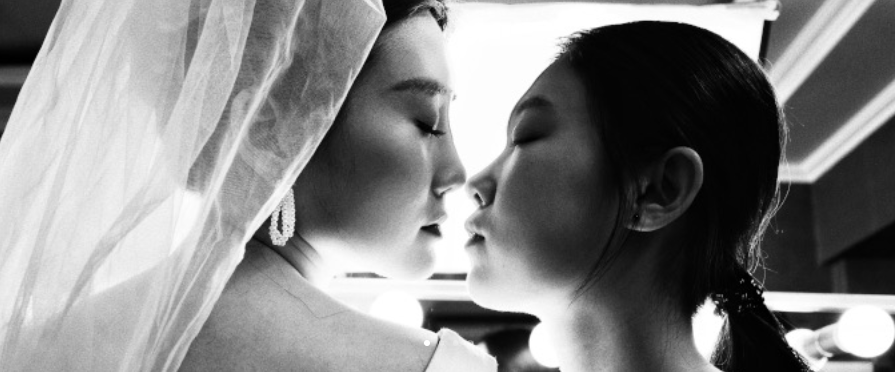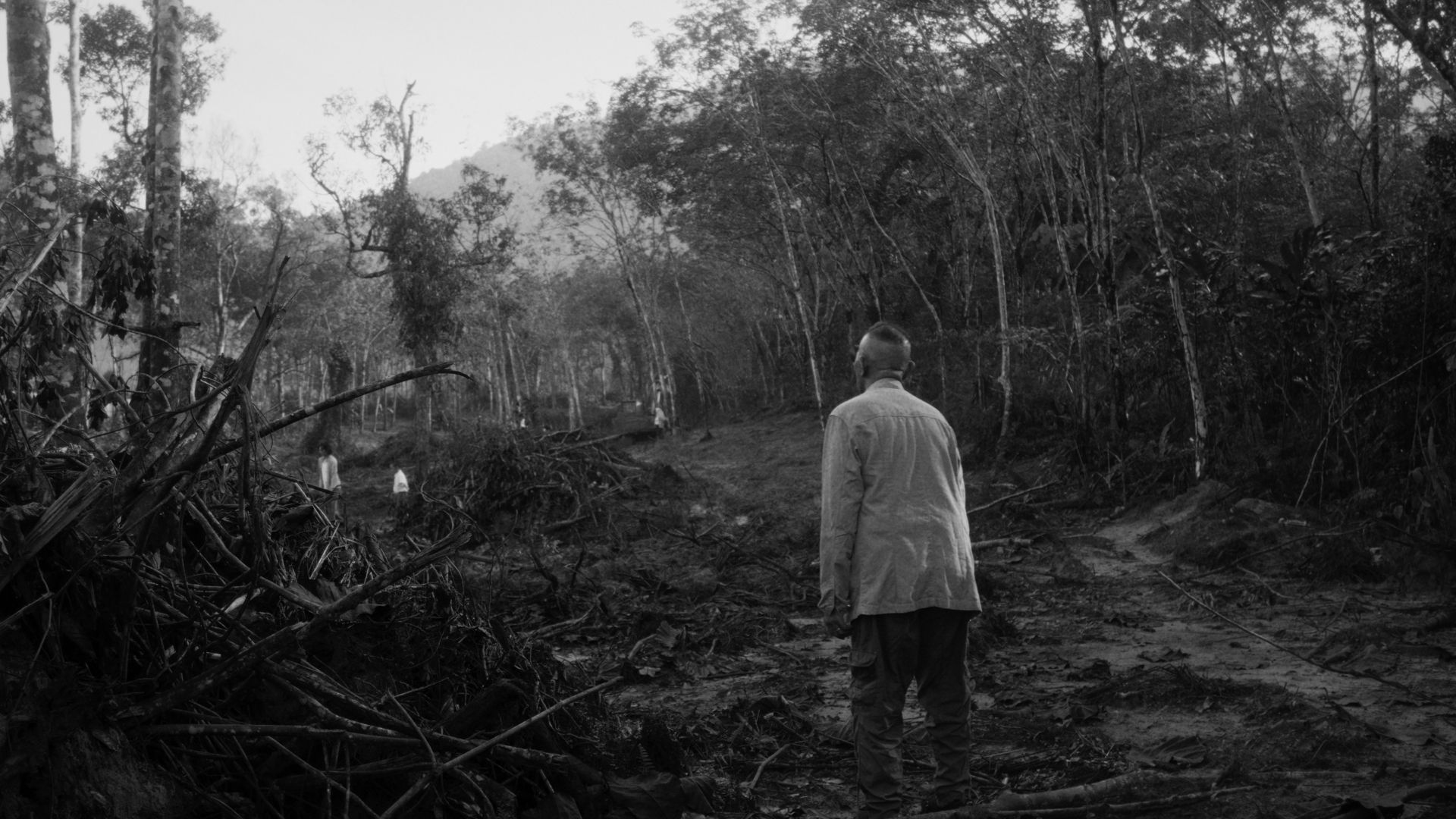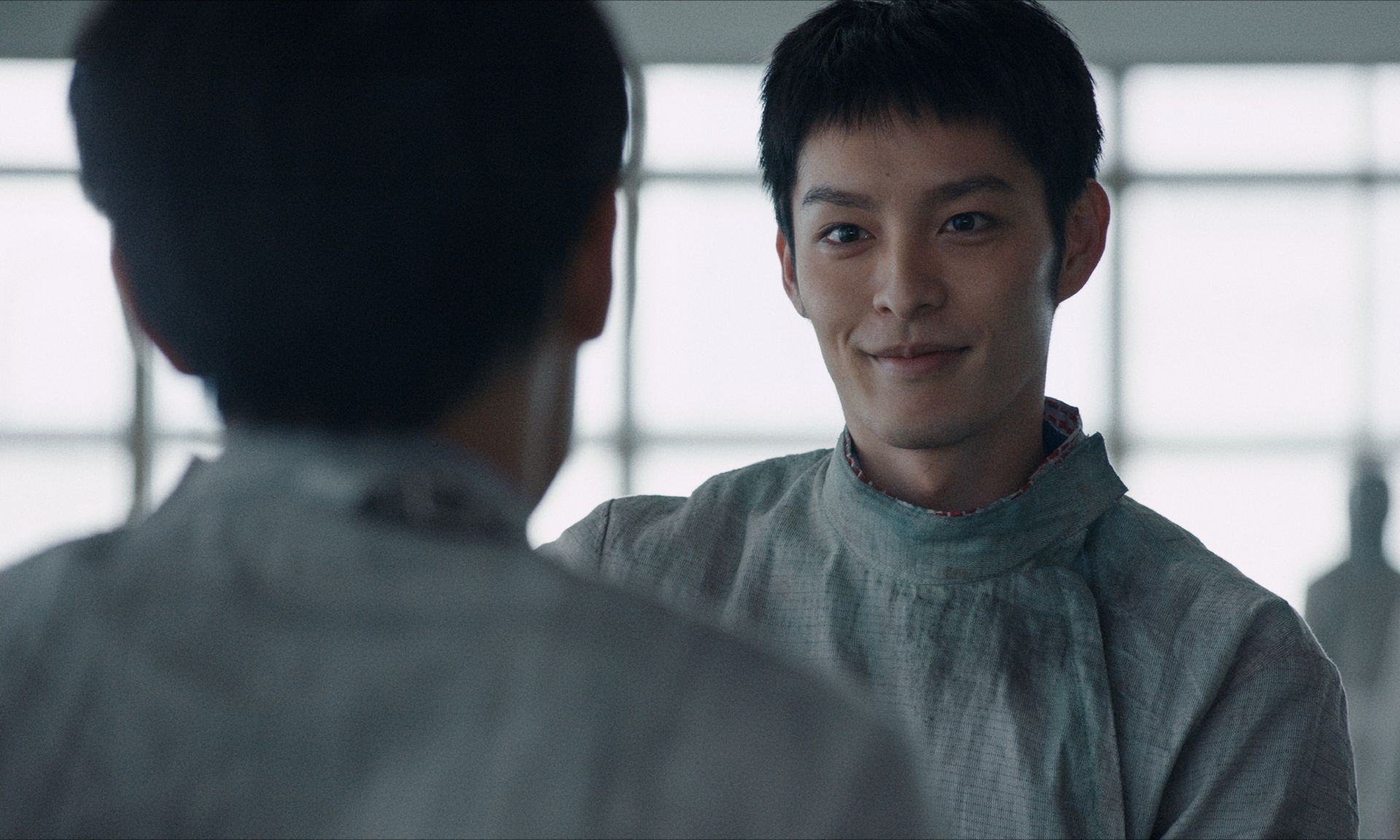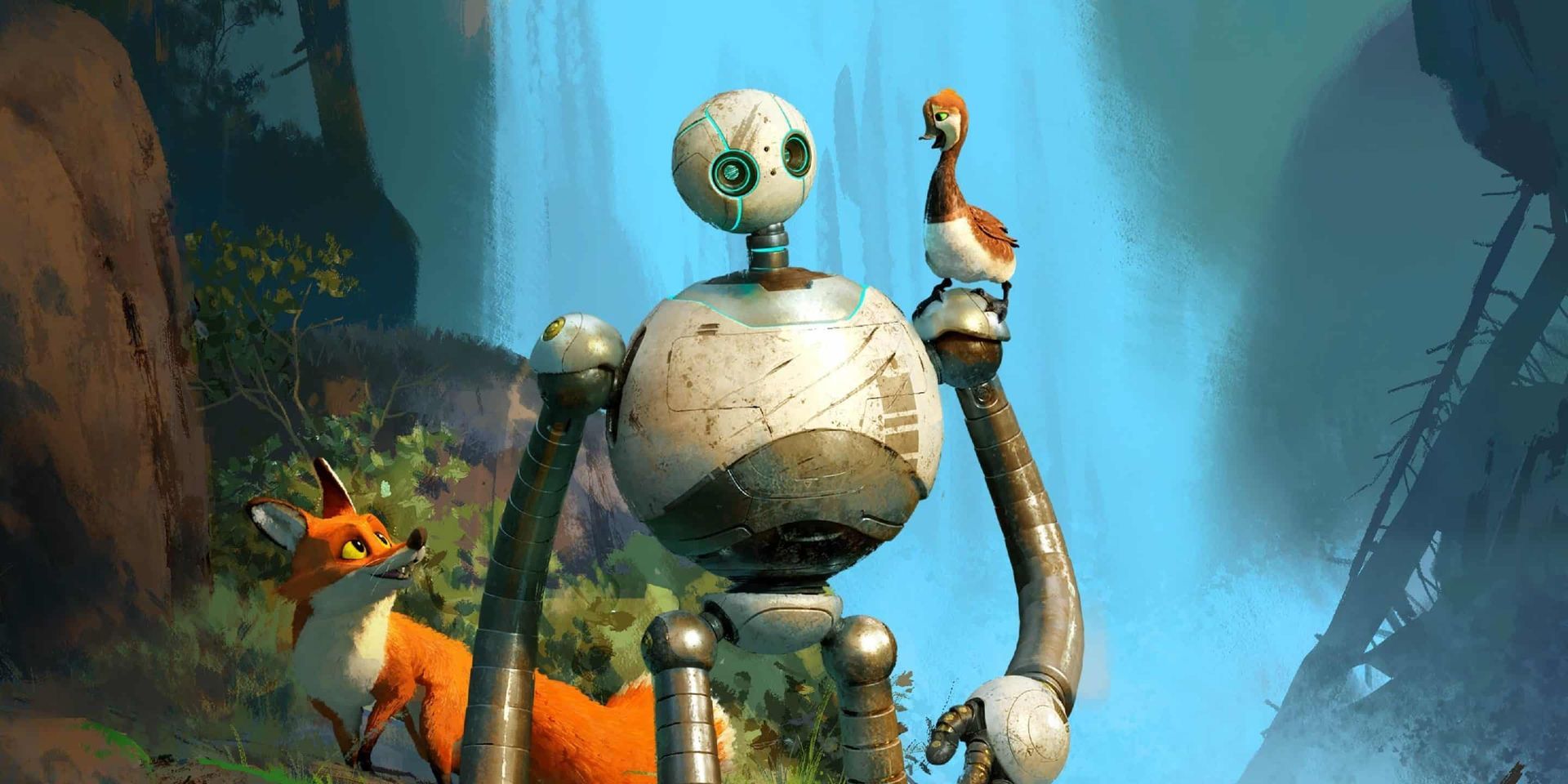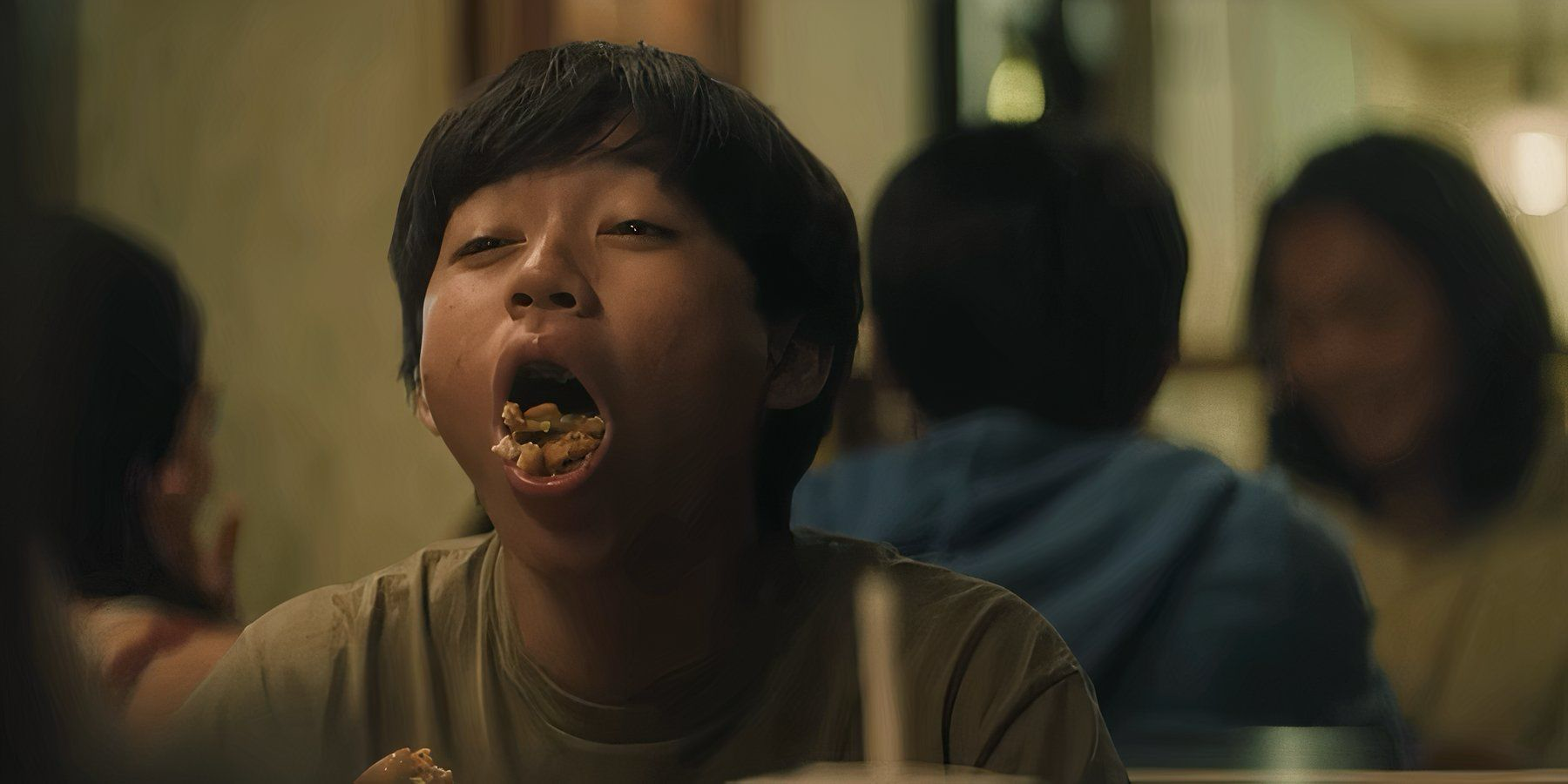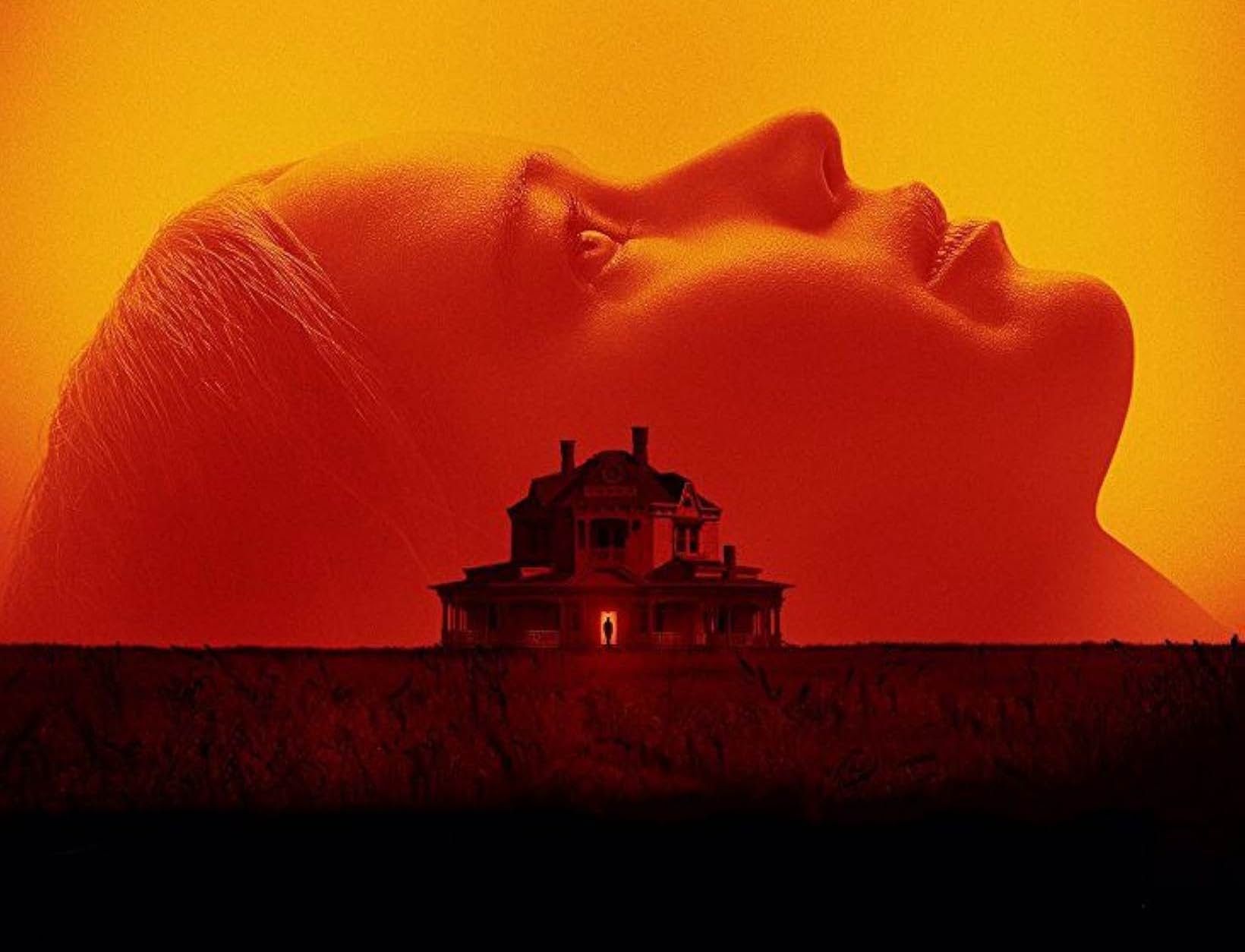Film Review #162:THE SILENCE OF THE LAMBS
Film Review: The Silence of the Lambs
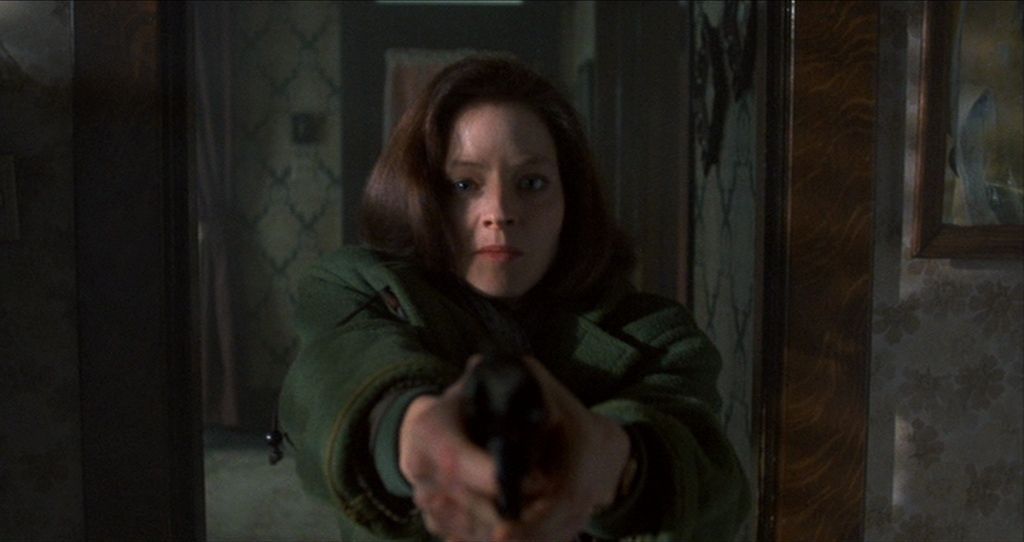
The Silence of the Lambs (1991) is widely considered one of the greatest films ever made, having garnered numerous accolades and widespread acclaim. The film follows FBI trainee Clarice Starling who must hunt down serial killer “Buffalo Bill”, doing so with the help of an equally dangerous murderer, Dr. Hannibal Lecter.
From the opening moments, the film defines Starling as a determined, independent, and tenacious protagonist. Throughout the film, we examine her struggle to prove herself in the male-dominated field of federal investigation, highlighting her journey within a patriarchal system shaped by the male gaze, where she is continually underestimated, harassed, and judged by the men around her. Yet, Starling’s confidence shines through as she navigates these challenges, embodying an understated yet relentless strength as she grapples with the pressure of tracking a terrifying serial killer.
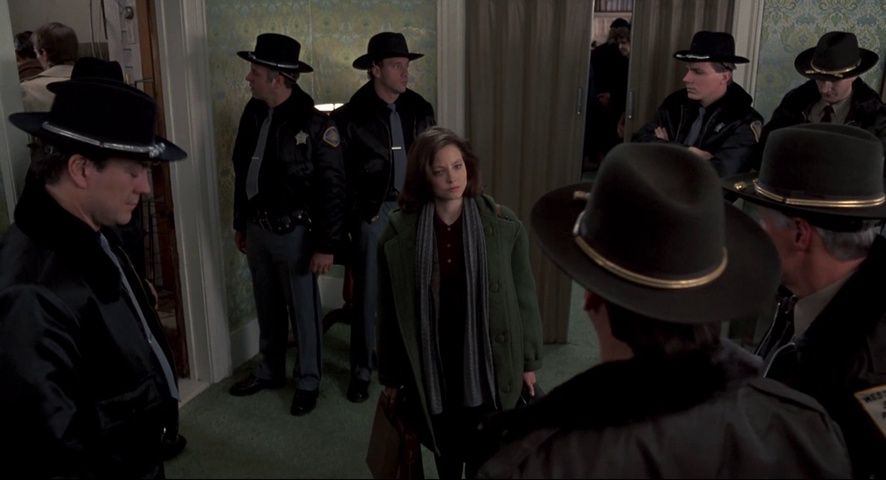
The Silence of the Lambs seamlessly blends elements of crime drama, psychological thriller, and murder mystery, anchored by a deeply compelling character study. At first glance, Starling and Lecter may seem like conventional archetypes —the determined FBI investigator and the imprisoned serial killer— but their dynamic is far more intricate, evolving into an unnerving yet engrossing battle of intellect and will.
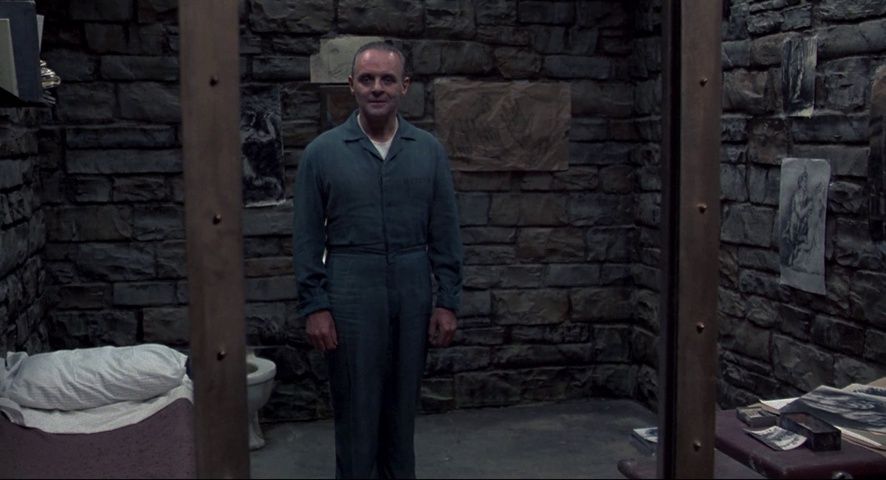
In defiance of his notorious past, Lecter’s first appearance presents him as eerily composed and sophisticated, creating a fascinating duality between his life as a highly intelligent psychiatrist and a monstrous criminal. Though Lecter is the one behind bars, he arguably has the higher ground, toying with Starling’s vulnerabilities. Starling, on the other hand, seeks his insight into the murder case and must navigate the treacherous terrain of their interactions to enter the mind of the killer she’s tracking down. It is riveting to watch their encounters unfold, a dance of evolving power dynamics between a mastermind who enjoys the thrill of manipulation and a woman unafraid to challenge him. Led by the exceptional performances of Jodie Foster and Anthony Hopkins, their portrayals add depth to the characters, making their exchanges both tense and captivating as Starling and Lecter prove utterly compelling in their objectives, motivations, and personalities.
Beyond its sharp writing and complex characters,
The Silence of the Lambs is a masterclass in visual storytelling. The film employs clever editing techniques, such as smash cuts and parallel editing, to heighten suspense and surprise. Moreover, director Jonathan Demme’s signature use of dramatic close-ups places characters in the centre of the frame, where Starling’s eye-line is always slightly off-centre while those addressing her stare directly into the camera. This technique immerses viewers in Starling’s perspective while smartly emphasising the film’s themes of scrutiny, power, and vulnerability. Finally, complementing the visuals is composer Howard Shore’s uncanny score, shifting between moments of simmering tension and striking crescendos. Together, these stylistic choices effectively enhance the film’s unsettling atmosphere and piercing intensity.
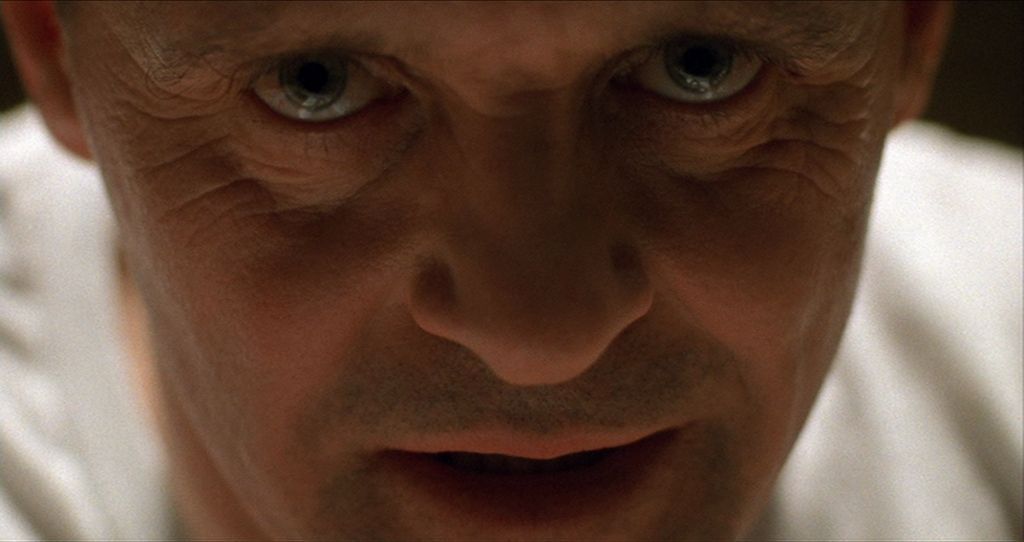
The Silence of the Lambs is a timeless masterpiece, intertwining psychological depth with gripping storytelling. It deftly merges genre conventions to deliver a thrilling experience, all while remaining rooted in the personal journey of its protagonist, paired with one of cinema’s most compelling antagonists. This is a film that excels on all levels of filmmaking, earning its place in cinematic history as a work of enduring brilliance.
---------------------
About the author: Jayden is a film student from Temasek Polytechnic who enjoys immersing himself in the diversity of cinema. Through working on narrative short films and non-fiction projects, he continues to develop his craft in storytelling within the medium of film.
This review is published as part of *SCAPE’s Film Critics Lab: A Writing Mentorship Programme, with support from Singapore Film Society.

